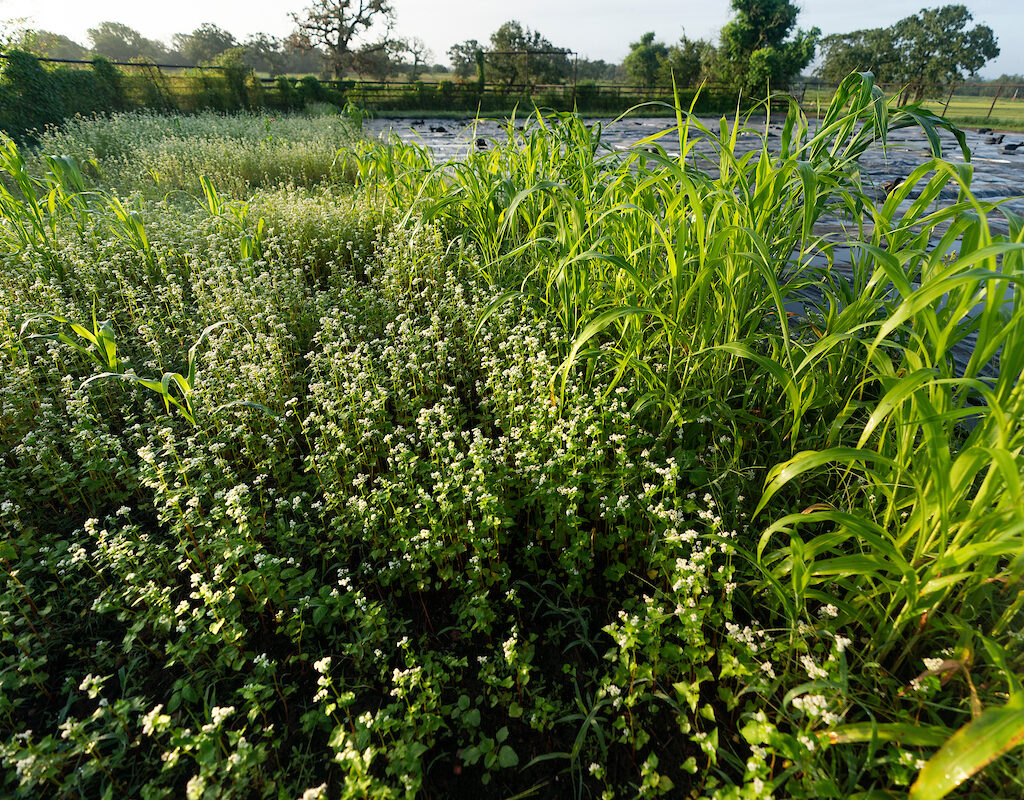Weed Control

Learn About
Weed Control
Publications
Programs
Courses
All Resources on Weed Control
- Publication
Using an integrated strategy that combines cultural, mechanical, and chemical methods can help you manage weeds in cotton effectively, economically, and with little harm to the environment. This publication lists herbicides for pre-plant burndown, pre-plant incorporated, pre-emergence, post-emergence, post-directed or hooded, and wick or wiper applications. It also lists herbicides, formulations, group numbers, and mechanisms […]
- Publication
Cotton farmers in Texas need to take steps to manage glyphosate-resistant pigweeds, which can reduce the yields of all Texas crops where glyphosate is used. This publication explains the best management practices for minimizing losses to these weeds. (2 pages)
- Publication
A three-phase perennial weed control program is detailed in this publication. This publication also includes a chart with chemical suggestions for controlling specific weeds. (6 pages)
- Publication
Complete instructions for controlling weeds in peanuts are included in this publication. Tables suggest treatments for specific weeds during pre-plant and post-emergence stages and list common and chemical names of herbicides. Sprayer calibration formulas also are provided. (13 pages)
- Publication
Esta publicación describe los atributos físicos y los usos culturales de la planta, así como su valor para el ganado y la vida silvestre.
- Publication
Perennial broomweed is widespread on dry ranges and deserts from California to Texas and north to Idaho. It is poisonous to cattle, sheep, goats and swine. Two methods of controlling this plant are described in this publication: The ground broadcast spray method The individual plant leaf spray method (2 pages)
- Publication
This 3-page publication explains how to control noxious plants‚ competitive, unwanted, or invader species early.
- Publication
This 2-page publication describes Creosotebush’s physical attributes and cultural uses as well as its value to livestock and wildlife.
- Publication
Threadleaf groundsel is a shrubby perennial weed found on rangelands in west central and west Texas. It is toxic to cattle and horses. Two methods of controlling this plant are described in this publication: The ground broadcast spray method The individual plant leaf spray method (2 pages)
- Publication
This publication explains two simple, effective and environmentally responsible methods for controlling Drummond's and common goldenweed on rangeland. (2 pages)